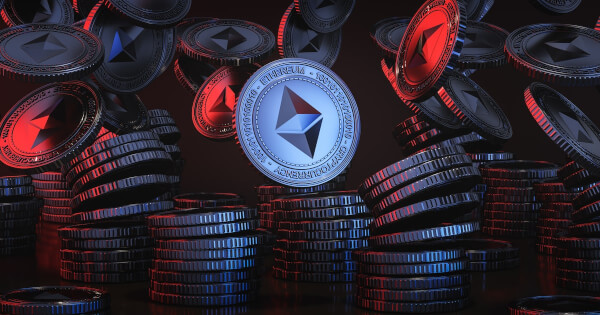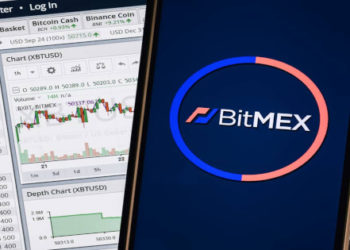thereum’s Dencun mainnet upgrade is set for March 13, 2024, introducing data blobs and protodanksharding to enhance network efficiency and reduce fees.
The Ethereum Foundation’s Protocol Support Team has officially announced the activation of the Dencun network upgrade on the Ethereum mainnet. This long-anticipated upgrade, slated to go live at epoch 269568 on March 13, 2024, at 13:55 UTC, promises to bring significant improvements to the network, including the introduction of ephemeral data blobs and a mechanism known as “protodanksharding.”
A Leap Forward in Scalability and Efficiency
The Dencun upgrade, which follows the previous year’s Shapella upgrade, includes transformative changes to both the consensus and execution layers of Ethereum. Among the most notable is the implementation of EIP-4844, which introduces shard blob transactions designed to reduce Layer 2 (L2) transaction fees. This upgrade represents a crucial step in Ethereum’s ongoing journey to increase scalability and efficiency, ultimately benefiting users and developers alike.
What the Dencun Upgrade Entails
The upgrade encompasses several Ethereum Improvement Proposals (EIPs), including:
EIP-1153: Transient storage opcodes
EIP-4788: Beacon block root in the EVM
EIP-4844: Shard Blob Transactions
EIP-5656: MCOPY – Memory copying instruction
EIP-6780: SELFDESTRUCT only in same transaction
EIP-7044: Perpetually Valid Signed Voluntary Exits
EIP-7045: Increase Max Attestation Inclusion Slot
EIP-7514: Add Max Epoch Churn Limit
EIP-7516: BLOBBASEFEE opcode
The full specifications for these changes are detailed in the respective EIP documents and the deneb folder of the ethereum/consensus-specs repository. Additionally, the upgrade necessitates changes to the Engine API, which facilitates communication between consensus and execution layer nodes.
Client Releases and Upgrade Instructions
The Ethereum Foundation has provided a list of client releases that support the Dencun upgrade on the mainnet, urging node operators and stakers to upgrade their software accordingly. It’s critical for participants to be aware of the risks associated with running a majority client on either the execution or consensus layer and to consider diversifying their client usage.
Implications for Users, Node Operators, and Developers
For the average Ethereum user or Ether holder, no action is needed concerning the upgrade. However, node operators must update their clients to the specified versions to remain compatible with the post-upgrade network. Similarly, stakers must ensure that both their beacon node and validator client are updated. Failure to participate in the upgrade will result in being left on an incompatible chain, unable to send Ether or operate on the updated network.
Application and tooling developers are advised to review the EIPs in the upgrade to assess the impact on their projects. New features and potential backward compatibility implications, particularly with EIP-6780, EIP-7044, and EIP-7514, should be taken into account.
The Significance of “Dencun”
The name “Dencun” combines “Deneb,” a star in the Cygnus constellation, and “Cancun,” the site of Devcon 3, aligning with the convention of naming upgrades after celestial objects and Devcon locations.
The Ethereum Foundation extends thanks to all contributors who played a role in bringing this significant upgrade to fruition, marking another major enhancement to the Ethereum network.
Image source: Shutterstock
Credit: Source link












































